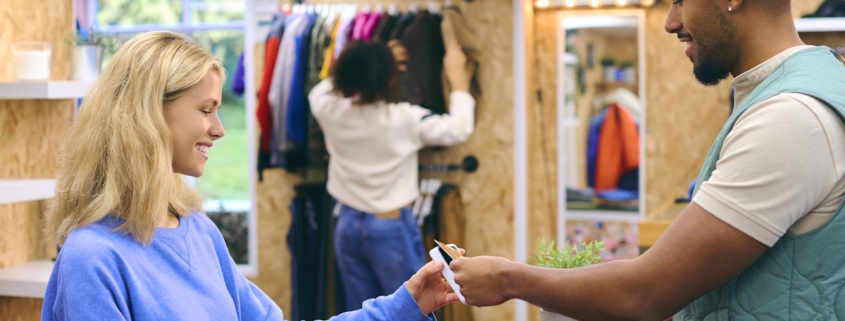How Recent Technology is Reshaping Retail Shopping
The technology we use on a daily basis is rapidly advancing. While flying cars never came to fruition, plans for robots, artificial intelligence, and virtual reality have certainly made their mark in a relatively short period of time.
This new tech is everywhere you look, improving lives and disrupting how we work across just about every sector. All you have to do is visit modern retail shops to see this ever-improving tech in action. In this article, we’re highlighting the several pieces of technology that have completely reshaped the retail shopping environment over the past few years.
Inventory Management
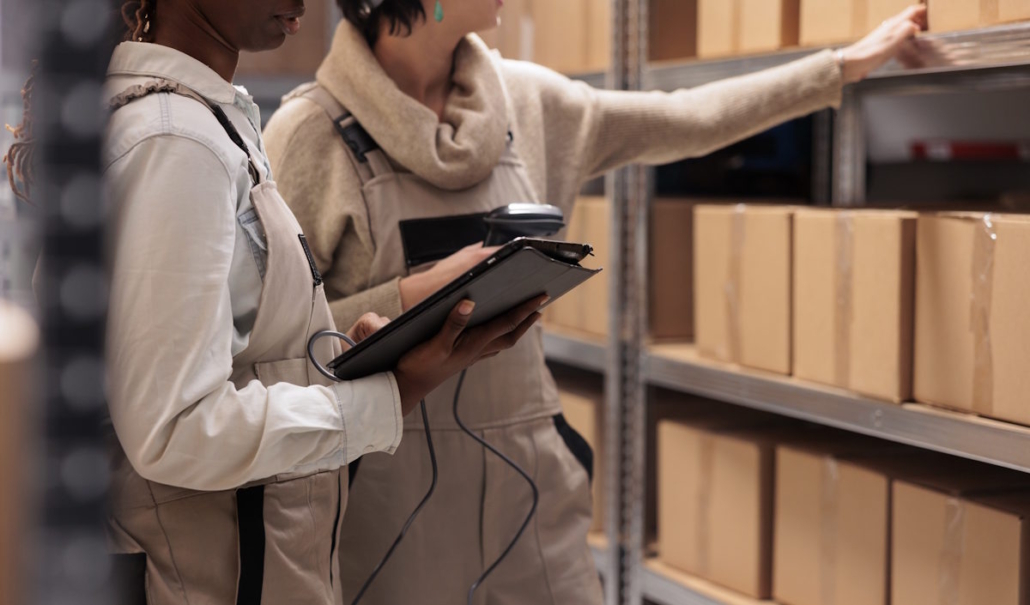
The world of inventory management has changed for the better thanks to real-time visibility, advanced analytics and automated processes. While reducing costs and boosting efficiency, new inventory management technology also creates a better shopping experience.
RFID
RFID (Radio Frequency Identification) is one piece of tech changing the game. An upgrade over traditional barcodes, RFID enables retailers to track their inventory in real time, streamlining the process. This tech has been adapted quickly by giants like Walmart, Zara, Nike and H&M, but smaller retail chains are also looking at ways that RFID can improve the shoppign experience and improve their bottom line at the same time.
Digital Shelf Labels
Also known as electronic shelf labels (ESLs), digital shelf labels are a welcome alternative to paper or plastic labels you see on store shelves. Completely wireless, retail shops can update these labels and change prices in real-time without having to make any manual adjustment on the shop floor.
Robot Assistants
Still a ways away for smaller retail companies, big brands around the world are increasing implementation of autonomous mobile robots for simple tasks like counting, tracking, and restocking. They have the ability to scan RFID tags, edit inventory records, and navigate warehouses without human intervention. Mega brands like Walmart and Amazon have been leaders when it comes to robotic inventory management.
Virtual Reality & Augmented Reality
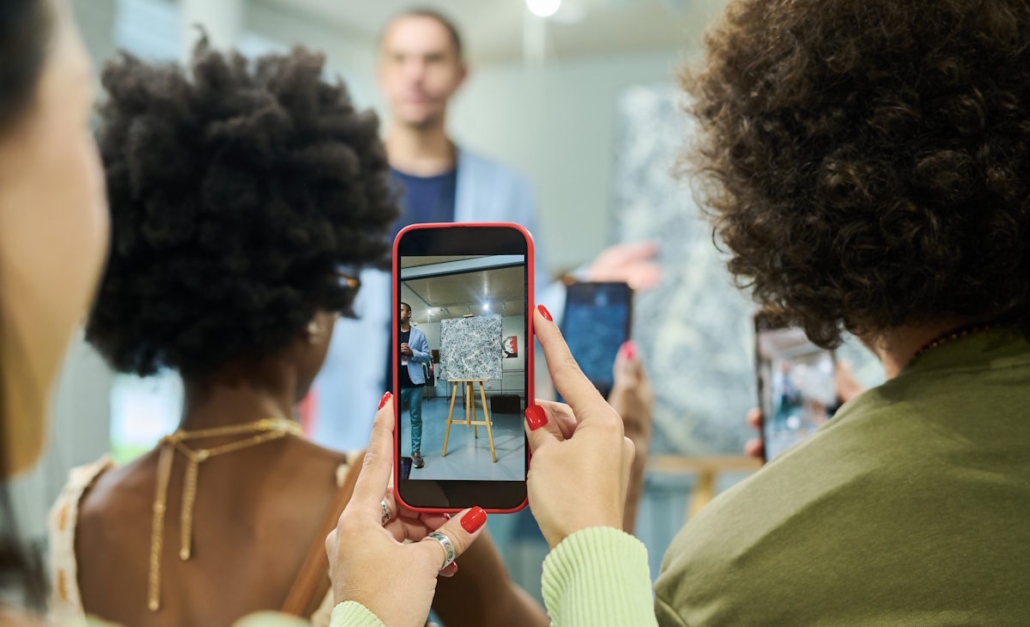
Virtual reality (VR) is an exciting piece of technology that generates a simulated, three-dimensional world that users can interact with using headsets or some type of controlling device. Augmented reality (AR) is similar, but instead superimposes computer-generated content into a user’s view of the world. Popular for video games, retailers are jumping on this tech as well.
Retail giants like IKEA use VR to allow their customers to visualize their plans for furnishing their homes. Instead of trying to imagine what that new couch will look like, VR allows customers to see it in their home first.
AR has enabled virtual try-on technology. Before virtual try-on, people would buy things online blindly or have to make the trip to a physical store. Brands like L’Oreal and Warby Parker are using AR to allow customers to first try on makeup and sunglasses before making a purchase decision.
Car companies like BMW are also using VR and AR tech to provide a more interactive experience for customers. Using this rapidly advancing tech, the company has been able to create virtual showrooms and setup virtual test drives.
Improved In-Store Shopping Experiences
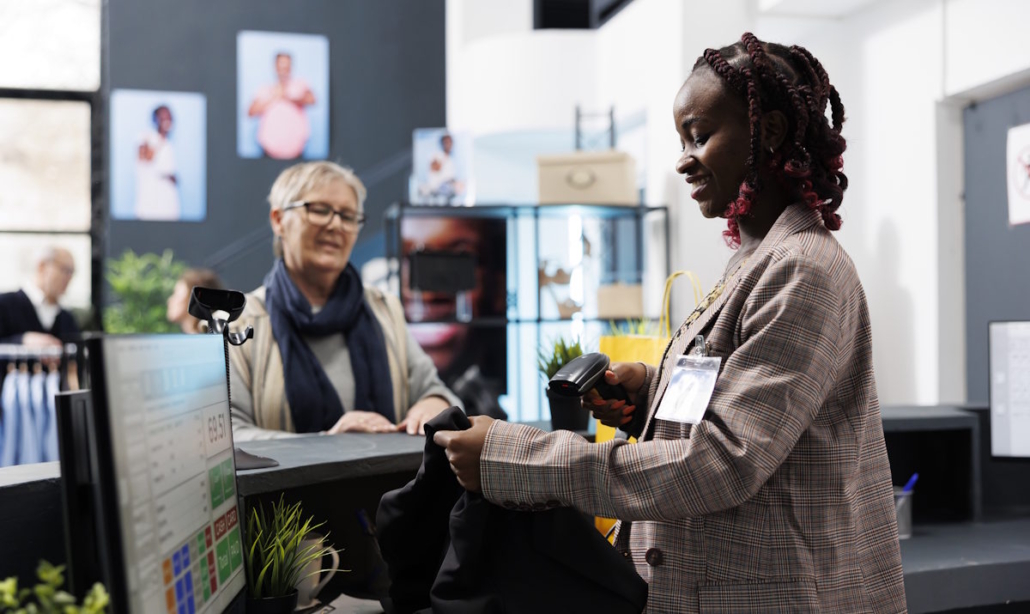
Aside from inventory management and exciting digital experiences, technology has changed the in-store shopping experience too. Here are some of the ways shopping in-store has changed:
Automated Checkout
One of the most obvious advancements has been automated checkout. You probably first noticed this technology years ago, but since then the roll-out has been more aggressive. Nowadays, it’s common for stores to have more self checkout than traditional checkout.
Next up will be AI-driven automated checkout. This advancement will lean on computer vision, removing the need for barcodes or manual input from customers.
Robot Assistants
While robots have been a huge help behind the scenes for inventory management and other tasks, they’re also being put to use to help customers. The retail chain Lowe’s introduced their LoweBot to help customers navigate the store and find things they’re looking for. The footwear brand Skechers has deployed their assistant robot Luna in select stores. Best Buy and IKEA are among the other brands implementing robot assistants.
Point of Sale Systems
Point of Sale (POS) Systems have evolved from simple cash registers to comprehensive tools that help retail store owners manage operations, customer experiences, analytics, and more. The power granted by these advanced POS systems has helped retail shops boost efficiency, save money, and turn occasional customers into loyal ones. Learn more about implementing the latest POS technology for your business.
In-store Apps
In-store apps are another tool retail stores are using to create better experiences for shopping. The idea behind the app is a shopping aid, while also boosting customer engagement. These apps allow shoppers to scan barcodes, learn more about products, and search for things that aren’t in stock. Retail brands like Sephora, Target, Walmart and Nike are leading the charge with in-store apps.
Biometrics

Biometrics are measurable characteristics used for both identification and authentication – most notably fingerprint scans and facial recognition. Biometrics are nearly impossible to replicate or impersonate, making them an easy way to control access, authenticate payments, and monitor activity.
Security
One of the most obvious use cases for biometrics is security. Retail shops can implement biometric technology to identify and prevent serial shoplifters from entering the store again.
Payments
Biometric payments are being experimented with, which involves using a fingerprint or palm scan to pay for things like food and groceries. Amazon’s palm recognition tech called Amazon One is being rolled out to select Whole Foods stores, plus venues like stadiums and airports. American retail chains like Panera Bread and Steak ‘n Shake are also integrating biometric payment options.
Personalization
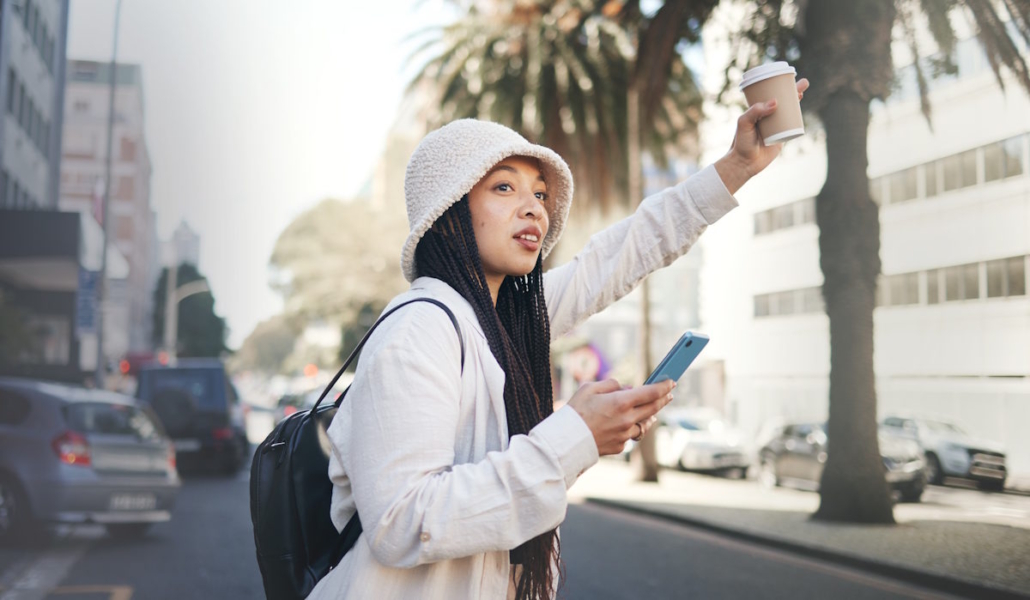
With seemingly unlimited data available to retail brands, personalization is being used to drive more sales while creating a more authentic and personal shopping experience. Users hand over information in exchange for access to newsletters, apps, loyalty programs, exclusive sales and promotions.
Retail brands can leverage purchase habits, purchase history, location, and other data to create unique experiences, hand out personal benefits, send push notifications, and more. Brands like Apple Music, Tim Hortons, Nike, Sephora and many more are using customer data to craft personal experiences.
Bring your retail store into the future with an advanced POS system. Fit for all types of retail shops, these systems are highly customizable, with features like inventory management, purchasing tools, loyalty programs, powerful analytics and more. Contact Tri-City Retail today to get started.

